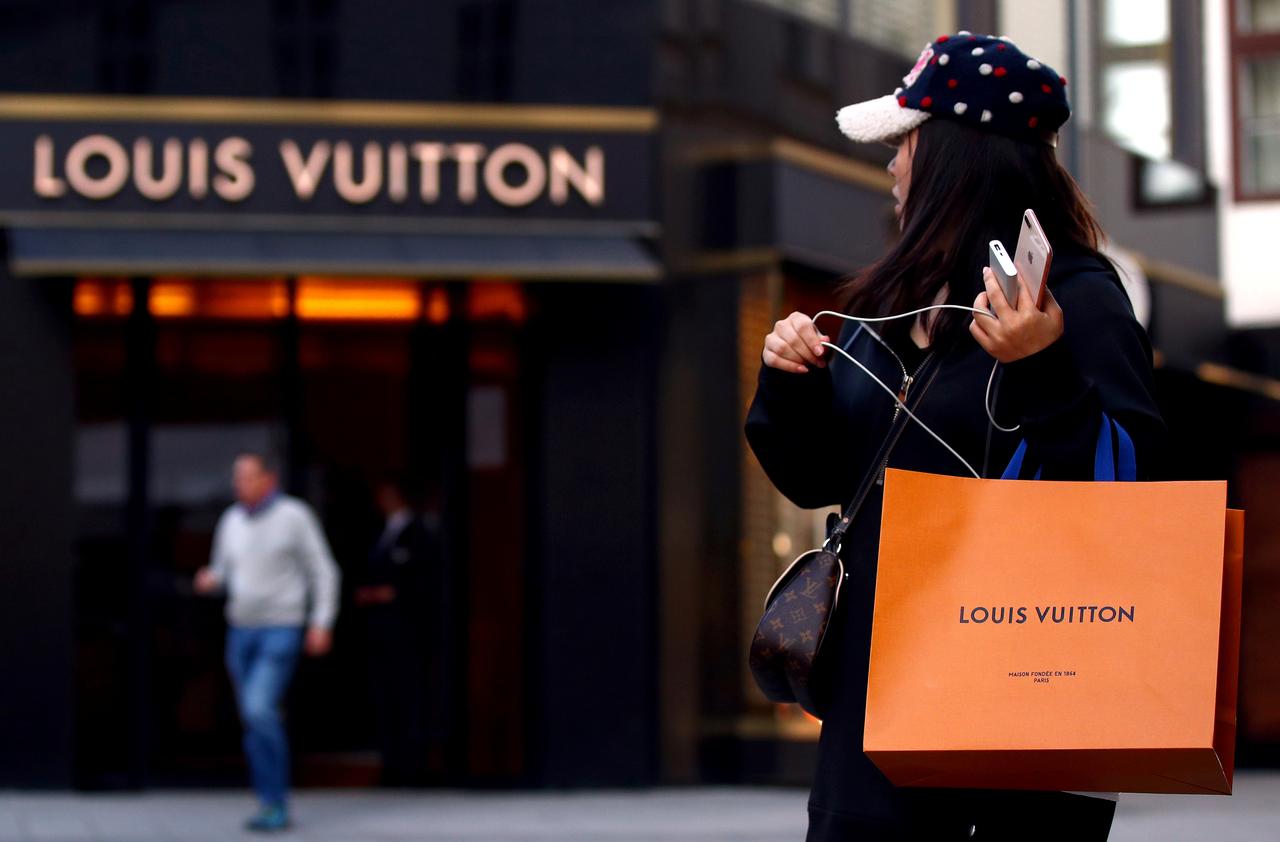A series of non-traditional financial solutions have been emerging along the recent years, mostly due to the technology sprawl. Smartphones have opened the path for cashless transactions, and their share of the payment mix is growing fast.
The growth of the digital economy isn’t homogeneous all across the globe and this has a lot to do with the pace and nature of the transition.
For instance, in the EU, account-to-account (A2A) [1] payments are proliferating. In countries such as Canada, Australia or Singapore, non-bank institutions are being licensed to initiate digital payments. In China, WeChat Pay and Alipay are leading the way. But in the U.S.A., checks are still widely used. If we look at Latin America, many people still don’t have bank accounts, notwithstanding the government’s eagerness for electronic payments to curb corruption.
Even though banks and governments rejoice at the prospect of a cashless society, a digital economy raises questions around inclusion. It’s important to ensure that cash-dependent consumers aren’t left behind.
Cash still dominates in all markets, even in places where online financial services are well-established, cost-effective and easy to use, like in Europe.
If to some the attachment to cash is merely cultural, independently of their great technological advance, to others, going cashless might have harmful consequences. Americans, for instance, use checks as often as they do digital payments. But let’s think about India, the world’s largest democracy. In 2016, the government made a demonetization experiment to reduce corruption – certain banknotes were withdrawn from the financial system overnight and 86% of cash in circulation was voided. Chaos ensued. Back then, only 17% of its population owned a smartphone and several years later, 72% of India’s consumers transactions are still settled with cash, double the rate in China. In rural areas, merchants can’t afford charges for low-value transactions, and network connectivity is also a problem.
Few moves to cashless models have been planned from a top-down perspective. Most importantly, we should define “cashless”. Does this mean that cash will be removed entirely? There are some benefits of using cash, as its use doesn’t allow you to be tracked, for instance. Secondly, there should be a concerted action in order to assure no-on is left behind. This involves governments, central banks, and the private sector. And finally, it is important to decide who issues “money”.
Despite the proliferation of digital banking options, customers are still reluctant to share data with financial institutions and uncertain of the benefits of online banking. Investing in cybersecurity and regulation seems essential to build trust. Yet, countries with the toughest laws, like the UK, are the ones with the most skeptical customers.
A cashless economy that would be truly global and allow transactions to flow seamlessly across borders is hard to be achieved. A reality like such is probably still years, maybe decades, away. But most importantly, and independently of when, a future digital economy must be safe and fair.
Mariana Tavares
Communications Member

